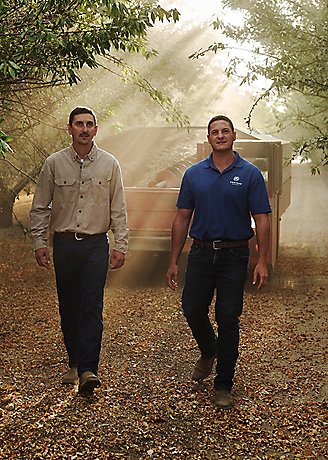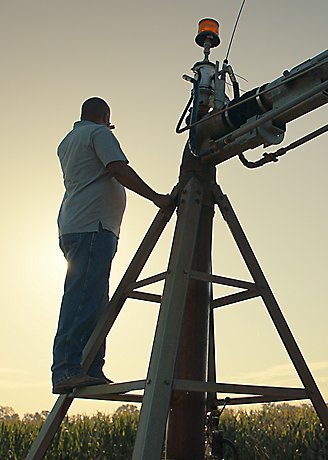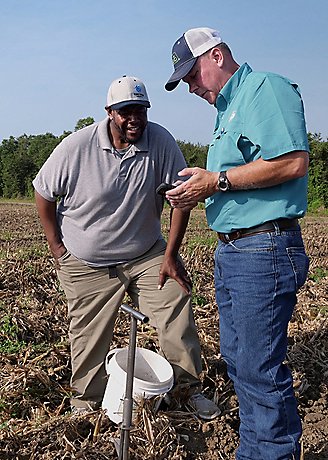Fresh Insights into Technology and Precision Ag
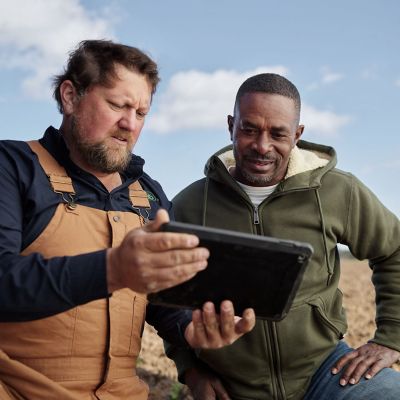
Innovation has always been part of farming. After all, agriculture is one of the original human technologies, but now that farmers have more tools than ever, farms can become ever more precise and data driven. See how technology and precision agriculture is driving the future of farming.
Explore These Technology and Precision Agriculture Stories
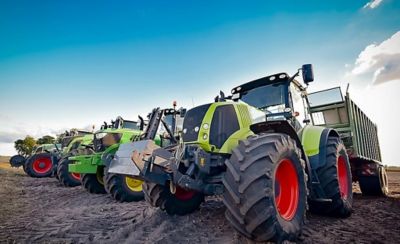
Young Millennial Farmers
Using Technology and Data in Farming. A new generation is taking over the world’s farms, and they are bringing with them an increased reliance on data, technology, and a robust embrace of social media.
Young Millennial Farmers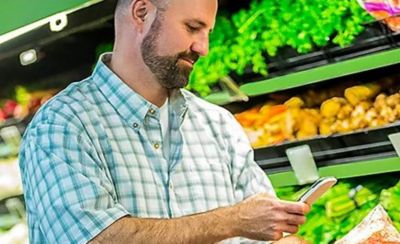
From Farm to Smartphone to Table
Food traceability is an urgent subject for regulators, farmers, manufacturers, and distributors. New technologies are emerging to help improve the transparency of the food chain.
From Farm to Smartphone to Table
AI in Agriculture
Tech is making a difference in farm productivity, optimizing yields & field health, automating labor, guarding against threats, improving decision-making.
AI In Agriculture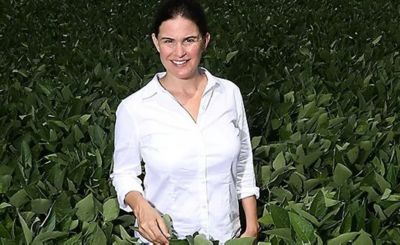
Technology in Agriculture
Katy Rainey is using agricultural drones to capture imagery that can improve soybean yields. Her work pays off in better results for farmers.
Technology in Agriculture
Farming, Electronically
With arable land at a premium and weather patterns erratic, it’s never been so enticing to find a way of growing food at scale indoors. A range of new technologies and investors is working to do exactly that in vertical farms, but it remains to be seen if these projects can scale.
Farming, Electronically
The Benefits of 5G on the Farm
Rural broadband is still scarce in some areas, but when 5G cellular service comes to farming areas, it can open up new avenues for data-intensive precision agriculture.
The Benefits of 5G on the FarmMore articles
The Power of Precision Agriculture

Precision agriculture uses technology to increase the efficiency, sustainability, and yields of farms. Despite upfront investment, better results means it usually pays off for farmers.
Farming for the Future: Three Innovative Ideas

Floating farms. Virtual fencing. Drone pollination. These are three new technologies that might revolutionize farming in a changing world. Innovators are trialing these innovations in farms around the world.
Agrometeorology: Weather Technology for Farmers Now and in the Future

Farmers have always been dependent on the weather, and forecasting what’s to come can help them make smart decisions for their crops. That’s why the new discipline of agrometerology has emerged, enabling farmers to have a better picture of impending weather, especially in the short term.
Food Safety Technology

Foodborne illness sickens millions of people each year, and its usually carried on fresh fruits and vegetables. An impressive array of new tools may soon help make it just a bad memory.
The Rise of the Farmers Market App

One side-effect of the COVID-19 pandemic has been digital innovation, and that’s even extended to seemingly low-tech places like the farmers market. New apps, virtual farmers markets, and mobile CSAs are emerging as tech-enabled ways to connect consumers with farmers and food.
Autonomous Deliveries

Ask any logistics provider, and you’ll get the same answer: The most challenging part of any delivery is the last mile. Autonomous delivery mechanisms are helping get food to people faster while relieving the pinch of labor shortages.
Trends in Agriculture

In April 2023, India became the world’s most populous country, but it’s ability to feed itself is imperiled by widespread drought. Irrigation projects, changing crop selection, and farmer support can help the agriculture segment—and the whole country—blunt the impact of constrained water supplies.
Biofuel Production and Farming Technology

Biofuels represent a significant opportunity for farmers, especially as energy prices rise. A diversified approach, making the most of both food and fuel crop uses, can be the best strategy for farmers seeking to maximize returns.
